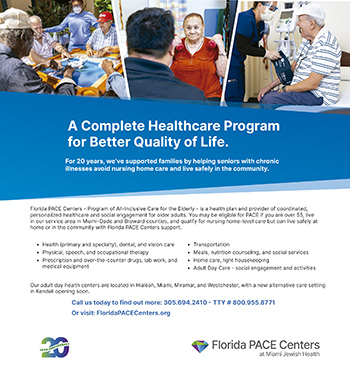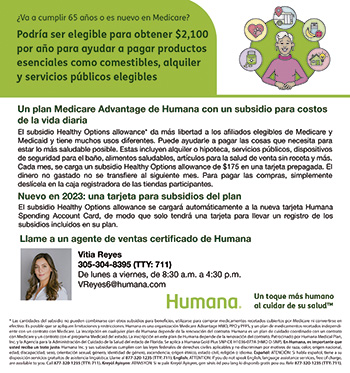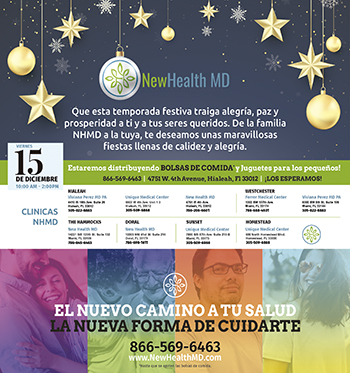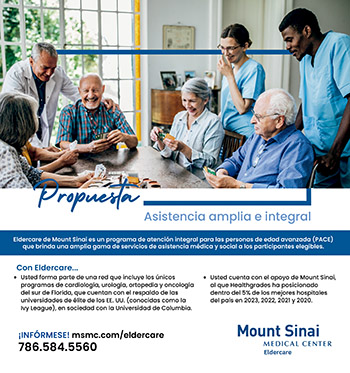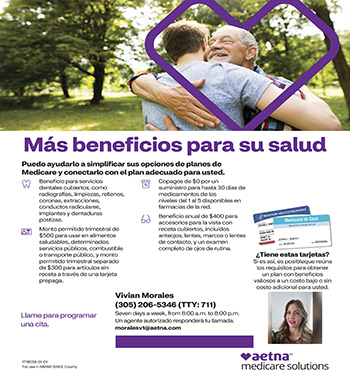Imagine a parallel universe where the world is struck by an invisible disease that kills over 5 million innocent children and families and threatens everyone’s normalcy? Simultaneously, there’s an outbreak of war between nations that leads to fear of safety, financial challenges due to inflation, political uproar and disputes, and insecurity about the future. In the meantime, there’s global warming crying out with forest fires, snow blizzards, hurricanes, and an influx of other natural disasters. In the middle of this scenario, our children are being bullied at school, our spouse just sat us down to vent on how unhappy they are in the marriage, our best friend received bad news from their oncologist, and our demands at work seem to pile up and increase by the day. This alternate reality might not be too hypothetical after all. How do we stay afloat amid all this turbulence, and catastrophe? The answer lies in setting healthy boundaries with the world around us and with variables that inflict sadness, distress, and overwhelm into our lives.
 Boundary setting is an art that comes with practice. If we set boundaries that are too rigid, we may find a disconnect from the world and begin to feel isolated and lonely. If we set boundaries that are too loose we will continue to feel overwhelmed and guilty for not protecting ourselves. Healthy boundaries are those that allow us to connect with people around us and feel sympathy for others’ suffering without holding onto these problems to an extent that jeopardizes our mental health and quality of life. For example, we do not need to be so rigid as to avoid watching the news altogether, or cutting all ties with the friends and family that invoke stress. On the other hand, we can allocate a specific time to watch or read the news and turn it off once we feel informed, and we can try calling our relatives once a week instead of everyday and gear conversations towards finding solutions instead of focusing on the problems.
Boundary setting is an art that comes with practice. If we set boundaries that are too rigid, we may find a disconnect from the world and begin to feel isolated and lonely. If we set boundaries that are too loose we will continue to feel overwhelmed and guilty for not protecting ourselves. Healthy boundaries are those that allow us to connect with people around us and feel sympathy for others’ suffering without holding onto these problems to an extent that jeopardizes our mental health and quality of life. For example, we do not need to be so rigid as to avoid watching the news altogether, or cutting all ties with the friends and family that invoke stress. On the other hand, we can allocate a specific time to watch or read the news and turn it off once we feel informed, and we can try calling our relatives once a week instead of everyday and gear conversations towards finding solutions instead of focusing on the problems.
To set healthy boundaries we can allocate time to worry, instead of worrying the whole day about issues we may be unable to solve or control. We do not want to take these thoughts and burdens with us to our shower, our laundry room, or to our bedroom before sleep. Additionally, we can identify the emotion we feel and decide to release it instead of holding on. Think of our emotion as a solid object weighing us down, perhaps a heavy boat anchor. We can recognize that it is there and that it is heavy, and then we can visualize how it disintegrates into thin air when we decide to, “let it go.” This allows us to continue our journey and come afloat. We may feel angry at political leaders for their decisions, or we may feel saddened by the victims of the pandemic, however, recognizing this emotion, identifying why we feel this way, and choosing to let the emotion go is healthier than holding on to it.
Setting healthy boundaries with the world around us means replacing time spent dwelling on the problems, with time allocated towards solutions. Recognizing we cannot solve a war on our own, or stop a pandemic alone may be necessary, and deciding to use our time towards the solution is key. We may make a donation to an organization who’s role is to help victims of war, do our part in practicing hand hygiene, and make a conscientious effort to follow CDC guidelines. These are concrete ways we can feel a sense of control amid the chaos. Healthy boundaries means more time for self-care, solutions, and self-respect. It also means more time understanding that healthy distances from problems are necessary to promote mental health and stability. Take on a new challenge of setting boundaries with the ever-changing world we live in. Do not allow the trials and tribulations around you control your emotions and send you down to the oceans’ floor. Allocate time to worry, let the emotions go, invest time on solutions, and keep appropriate distances from the issues in order to master the art of healthy boundaries.
Establecer límites saludables en medio del caos por Lisaimy Mallo, LCSW
¿Imagínese un universo paralelo donde el mundo es golpeado por una enfermedad invisible que mata a más de 5 millones de niños y familias inocentes y amenaza la normalidad de todos? Simultáneamente, hay un estallido de guerra entre naciones que conduce al temor por la seguridad, desafíos financieros debido a la inflación, alboroto y disputas políticas e inseguridad sobre el futuro. Mientras tanto, el calentamiento global clama con incendios forestales, ventiscas de nieve, huracanes y una afluencia de otros desastres naturales. En medio de este escenario, nuestros hijos están siendo acosados en la escuela, nuestra pareja se sienta con nosotros para desahogarnos sobre lo infelice que son en el matrimonio, nuestro mejor amigo recibe malas noticias de su oncólogo y nuestras demandas en el trabajo parecen acumularse y aumentar por el día. Esta realidad alternativa podría no ser demasiado hipotética después de todo. ¿Cómo nos mantenemos a flote en medio de toda esta turbulencia y catástrofe? La respuesta está en establecer límites saludables con el mundo que nos rodea y con las variables que infligen tristeza, angustia y agobio en nuestras vidas.
El establecimiento de límites es un arte que viene con la práctica. Si establecemos límites que son demasiado rígidos, podemos encontrar una desconexión del mundo y comenzar a sentirnos aislados y solos. Si establecemos límites demasiado flexibles, seguiremos sintiéndonos abrumados y culpables por no protegernos. Los límites saludables son aquellos que nos permiten conectarnos con las personas que nos rodean y sentir simpatía por el sufrimiento de los demás sin aferrarnos a estos problemas hasta el punto de poner en peligro nuestra salud mental y nuestra calidad de vida. Por ejemplo, no necesitamos ser tan rígidos como para evitar ver las noticias por completo, o cortar todos los lazos con los amigos y familiares que invocan el estrés. Por otro lado, podemos asignar un tiempo específico para ver o leer las noticias y apagarlo una vez que nos sintamos informados, y podemos intentar llamar a nuestros familiares una vez a la semana en lugar de todos los días y orientar las conversaciones hacia la búsqueda de soluciones en lugar de centrarse en el problema.
Para establecer límites saludables, podemos asignar tiempo para preocuparnos, en lugar de preocuparnos todo el día por problemas que tal vez no podamos resolver o controlar. No queremos llevar estos pensamientos y cargas con nosotros a la ducha, al cuarto de lavado o al dormitorio antes de dormir. Además, podemos identificar la emoción que sentimos y decidir soltarla en lugar de aferrarnos. Piense en nuestra emoción como un objeto sólido que nos pesa, tal vez el ancla de un barco pesado. Podemos reconocer que está ahí y que es pesado, y luego podemos visualizar cómo se desintegra en el aire cuando decidimos “dejarlo ir”. Esto nos permite continuar nuestro viaje y salir a flote. Podemos sentirnos enojados con los líderes políticos por sus decisiones, o podemos sentirnos tristes por las víctimas de la pandemia, sin embargo, reconocer esta emoción, identificar por qué nos sentimos así y elegir dejar ir la emoción es más saludable que aferrarnos a ella.
Establecer límites saludables con el mundo que nos rodea significa reemplazar el tiempo dedicado a insistir en los problemas, con el tiempo dedicado a las soluciones. Reconocer que no podemos resolver una guerra por nuestra cuenta, o detener una pandemia solos puede ser necesario, y decidir usar nuestro tiempo para la solución es clave. Podemos hacer una donación a una organización cuya función es ayudar a las víctimas de la guerra, hacer nuestra parte en la práctica de la higiene de las manos y hacer un esfuerzo consciente para seguir las pautas del CDC. Estas son formas concretas en las que podemos sentir una sensación de control en medio del caos. Los límites saludables significan más tiempo para el autocuidado, las soluciones y el respeto propio. También significa más tiempo para comprender que las sanas distancias de los problemas son necesarias para promover la salud mental y la estabilidad. Asume el nuevo desafío de establecer límites con el mundo en constante cambio en el que vivimos. No permitas que las pruebas y tribulaciones a tu alrededor controlen tus emociones y te envíen al fondo de los océanos. Asigna tiempo para preocuparte, deja ir las emociones, invierte tiempo en soluciones y mantén distancias adecuadas de los problemas para dominar el arte de los límites saludables.







